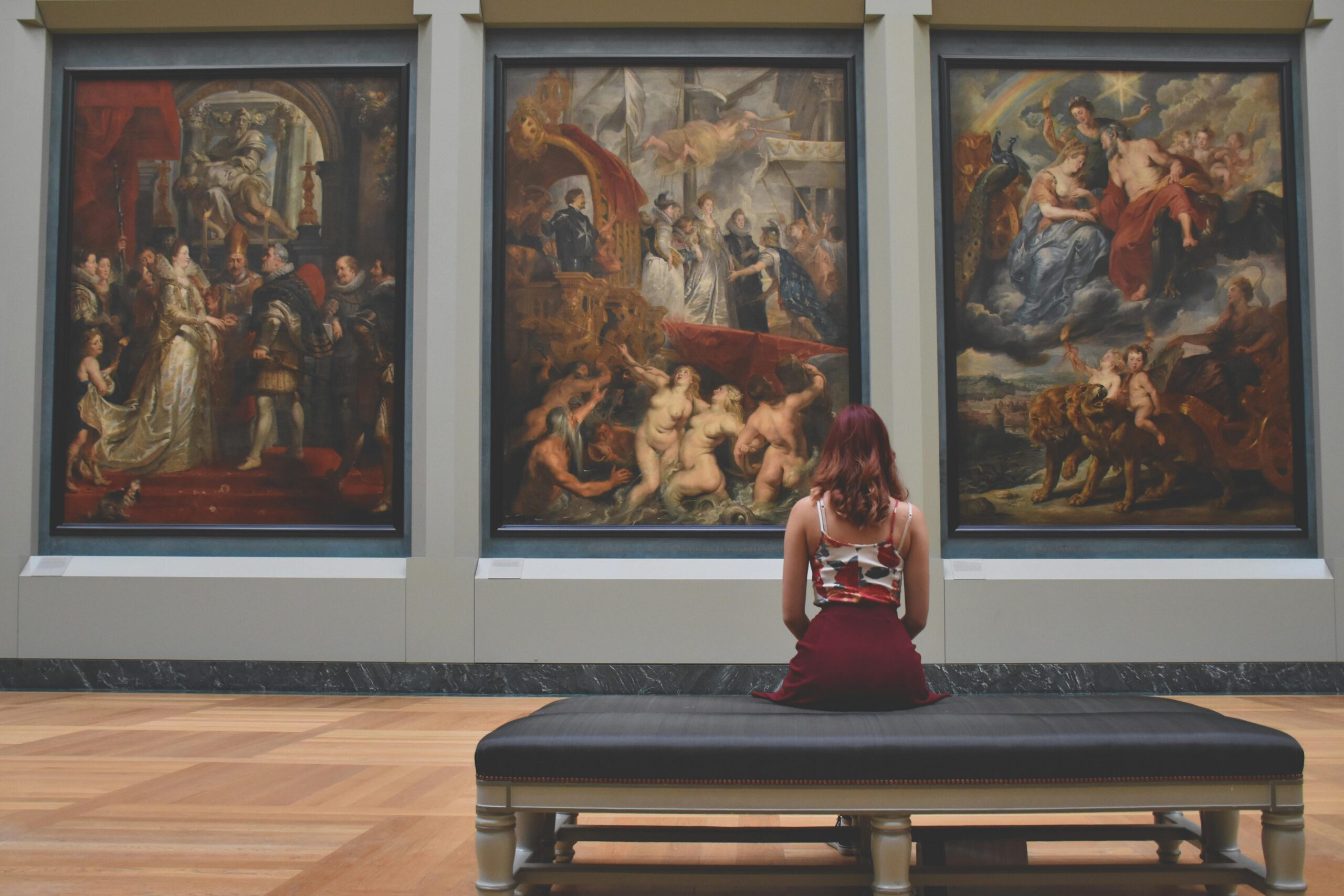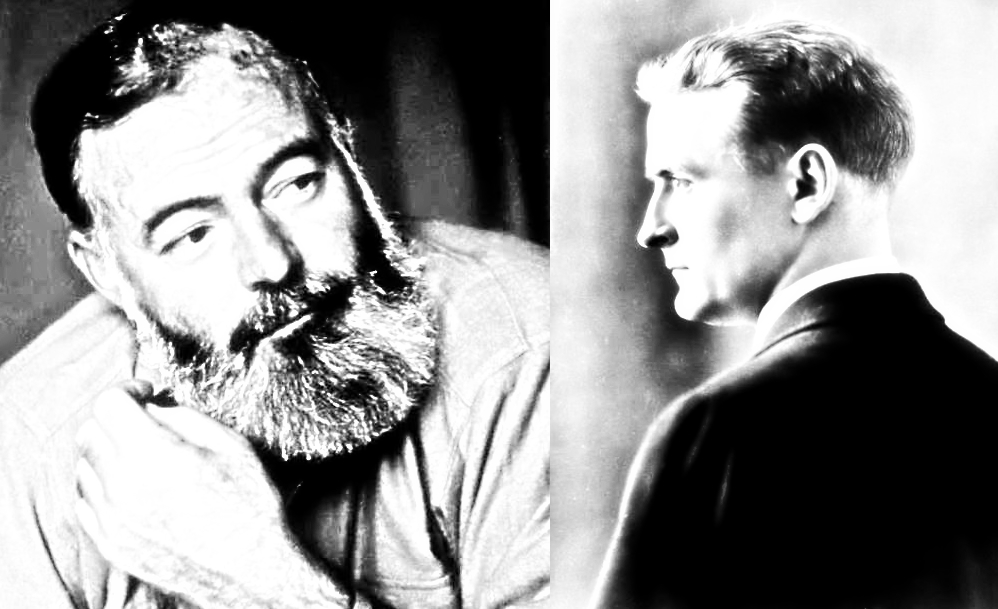Over a decade ago, I thought art was beyond critical reproach. After all, art is subjective. A creation is just whatever an artist can dream up, so naysayers should reconsider their own opinions at all times. But these days I have been thinking: how can a critic analyze a work of art if art is neither subjective or objective? That is to say, even if you think a book or a band is not your cup of tea, somebody will always come around and say, “Well, man, art is subjective, so there’s that…”
In fact, there is a fair amount of discourse on the subject.
I believe the answer is that criticism needs a lens. I believe this because in order to derive meaning, we have to study our subjective. Ultimately, this means that art is both subjective and objective.
In this post, we are going to explore art as being “objective” and “subjective.” Similarly, we will explore how that approach can create a greater appreciation for art itself.
How we guide our view of art
To begin, we have to ask ourselves if there is true freedom in artistic expression. As pointed out by multiple studies, humans don’t seem to have free will in basic decision-making processes. Thus, it stands to reason that artistic expression would be no different.
For example, and as stated by Seth Schwartz in the article “Do We Have Free Will?” that appeared in Psychology Today, “There is no consensus within psychology as to whether we really do have free will—although much of our field seems to assume that we don’t. Freud and Skinner didn’t agree on very much, but one thing they did agree on was that human behavior was determined by influences within or outside the person” (Schwartz). In other words, we can not control our own actions and external forces guide our decisions.
What is more: “Many neuroscientists, armed with functional magnetic resonance imaging (fMRI) and other brain scanning tools, argue that, now that we can peer into the brain, we can see that there is no ‘agent’ there making choices” (Schwartz). What this means is that internal and external factors influence humans (from propaganda to the reptilian part of our brain). That is, there isn’t a little person in our brain driving us forward and allowing us to freely make choices. We act out of impulse or through learned behavior.

We are bound by form, structure, and prior knowledge
Thus, in the context of art, the creator is not necessarily making deliberate choices for their art piece. Rather, they are taking the external factors of things they’ve seen or heard and use that as a guide. These external factors would be artistic forms and structures they have already learned. It may look new and interesting, but art uses conventions of an artistic genre and medium to come into creation.
The world grounds our prior knowledge into reaffirmation, which includes the things school taught us.
“… viewing and understanding art does have roots in objectivity; that is in the mathematical reality of physics,” writes author Chun Park in a piece for Medium. “While art may be viewed subjectively as a complex system of colors, form and perception, the underlying basis of that subjectivity is formed by an objective and mathematical reality of color theory, ratio, proportion, and to a lesser extent, composition and other elements that make up art.”
Essentially, we have an existing rubric that we use to understand the tools for the creation of art, such as colors, dimensions, length, etc. As soon as that art leaves the artist and is ready for public consumption, interpretation goes from objective to subjective. In this way, the audience is switching their brain from a mechanical point of analysis to a figurative and metaphorical one simply as a trained mode of interpretation.
Art needs a creator, a creation, and an audience
By creating a work of art in a random fashion, one could essentially create something new. This could include a new painting, album, or what have you. But what are the chances it is actually good by conventional standards? Art is deemed good by one of the values ascribed to its very being: audience.
The other two, the creator and the creation, can certainly still exist. But if that third component does not, then the art may find no psychological or emotional purchase. Likewise, we can’t have an audience and an artistic work without artists. Just like we can’t have an audience and an artist without a work. The symbiotic three-way dance of that conversion from nothing to something is certainly enchanting.
So, a creator may have themselves a creation, but they may have no audience. That is, while the art is “new,” and unbound by prior genre constraints, it’s still not that good by conventional standards. Yet, even meritless schlock provides merit to some. For instance, there is a market for B-Movies because they provide enjoyment for a specific audience (myself included) and there’s always Free Jazz listeners to consider.
Conclusion: Criticism Needs a Lens
Criticism needs to help the audience understand a piece of artwork from a framework in order to provide new understanding. You may be reading this and thinking, “yea, I know,” but if you go search for a critique in your local paper, or on the web, you may find the complete lack of understanding of critical lenses apparent and, like me, irresponsible.
As such, essentially what I am asking is that artists should embrace both encouraging criticism and constructive criticism with some amount of equity (I will get into ideas of “constructive criticism” in a later post). Or, in other words, we should be embracing both subjectivity and objectivity in art itself. You can say it’s subjective, but you should also criticize it for its flaws.
Nevertheless, I suppose at the end of the day we can look at art and say that it’s “subjective,” and so that gives it some freedom from scrutiny, but the merit of different critical approaches appeals to me more, whether that be formalism, New Criticism, New Historicism, Marxism, Gender Studies and many others. Ultimately, these critical disciplines help us understand art from multiple angles and gives us a deeper appreciation for the work itself.
Works Cited
Schwartz, Seth Ph.D. “Do We Have Free Will? Is free choice real, or is it just an allusion?” Psychology Today. Nov. 19, 2013. Web.
Park, Chun. “To Be Truthful, Art Is Not Subjective.” Medium.com. July 4, 2017. Web.








